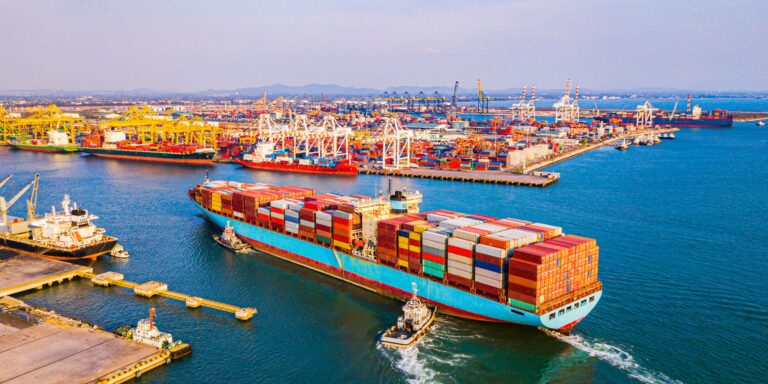Navigating the Stormy Waters of the Supply Chain in 2024
As we embark on a new year, it’s vital for businesses to foresee and prepare for the challenges that lie ahead. The global supply chain has demonstrated its fragility and interdependence over the past years, prompting the need for resilience and adaptability. In this blog, we will explore four predictions for 2024 that are likely to impact the global supply chain and discuss strategies to withstand these potential disruptions.
The Influence of Politics on the Supply Chain:
Geopolitical tensions have a significant impact on the global supply chain, and this trend is expected to continue in 2024. A recent survey by Oxford Economics found that 62% of businesses consider geopolitics as a significant risk to the global economy. Issues such as international conflicts and strained relationships between countries can disrupt the supply chain overnight. For instance, ongoing disturbances in the Red Sea region have led to ship diversions, increasing shipping costs and time. It is crucial for supply chain professionals to monitor international tensions and develop alternative plans to maintain a steady flow of goods.
Supply Chain Diversification as a Resilience Strategy:
Changing circumstances, including geopolitical concerns, fluctuating tariffs, and varying labor costs, are driving companies to diversify their supply chains. By spreading their operations across multiple countries, businesses can reduce costs, shorten lead times, and enhance their ability to handle disruptions. For example, an increasing number of companies are reshoring or near-shoring their manufacturing processes, moving away from relying solely on China as the “world’s factory.” This trend towards diversification helps to enhance supply chain resilience by reducing dependence on a single source.
Embracing Digitization for Supply Chain Agility:
In response to the growing threats to the supply chain, companies are rapidly digitizing their operations. The COVID-19 pandemic exposed the vulnerability of businesses that were ill-prepared to adapt to sudden changes. Digitization offers end-to-end visibility, real-time data sharing, and automation, enabling companies to respond swiftly to evolving circumstances. By adopting digital tools, such as cloud computing and artificial intelligence, organizations can optimize inventory management, enhance efficiency, and achieve greater agility within their supply chains.
Addressing Climate Disruptions:
Extreme weather events, including record-breaking temperatures, flooding, and wildfires, pose a significant threat to the global supply chain. Even localized climate emergencies can have far-reaching consequences due to the extensive reach of supply chains. For example, drought in Panama has already impacted the Panama Canal, a vital trade route that handles a substantial portion of global trade. Companies must prioritize sustainability, embrace near-shoring and reshoring strategies, and prepare for regulations that focus on sustainability reporting.
While it is impossible to predict with absolute certainty what the future holds for the global supply chain, businesses must take proactive measures to build resilience. By diversifying supply chains, embracing digitization, and preparing for climate disruptions, companies can navigate the stormy waters of the supply chain in 2024. It is crucial for supply chain professionals to stay informed, monitor geopolitical developments, and adapt their strategies to ensure the efficient and smooth movement of goods across borders.
Source: https://www.ibtimes.com/supply-chain-2024-expect-stormy-waters-3723202









